Comma Counter
For many writers, students, and professionals, counting commas manually can be a tedious and error-prone task. Misplaced or missing commas can affect the clarity and flow of your writing, leading to confusion or misinterpretation.
If you’re struggling to keep track of punctuation while focusing on content quality, our Comma Counter Tool offers a quick, accurate, and hassle-free solution.
In just a few clicks, you can easily count commas in your text, ensuring precision and improving your writing’s readability.
How to Count Commas Using Our Tool?
To count commas using our tool is as easy as it gets:
With its user-friendly design, you can count commas without hassle—anytime, anywhere.
How to Count Commas Manually?
If you prefer to count commas manually, follow these steps:
While this method works, it’s time-consuming and prone to human error—especially in lengthy documents. That’s why our online tool is the perfect solution for saving time and effort.
Use Cases of the Comma Counter
The Tool is perfect for a variety of users:
- Writers and Authors: Ensure your punctuation is accurate and improve the readability of your manuscripts.
- Students: Check essays and assignments to ensure proper use of commas for clarity and grammar.
- Editors and Proofreaders: Quickly analyze texts for overuse or misuse of commas to polish content efficiently.
- Content Creators: Refine blog posts, social media content, and marketing materials to ensure professional grammar.
- Teachers: Use it as a tool to help students learn about commas and improve their writing skills.
By analyzing the number of commas, you can create clearer and more polished content for any audience.
Final Verdict
Our Comma Counter Tool is a quick, easy, and reliable way to analyze your text. No need to count commas manually or waste valuable time.
Whether you’re writing an essay, editing a book, or refining marketing copy, this tool ensures your punctuation is on point.
Simply paste your text, click “Count,” and get instant results. Try it now and simplify your writing process!
